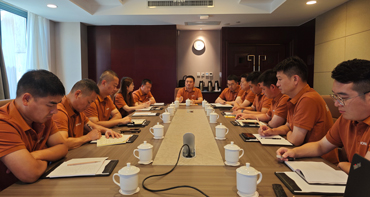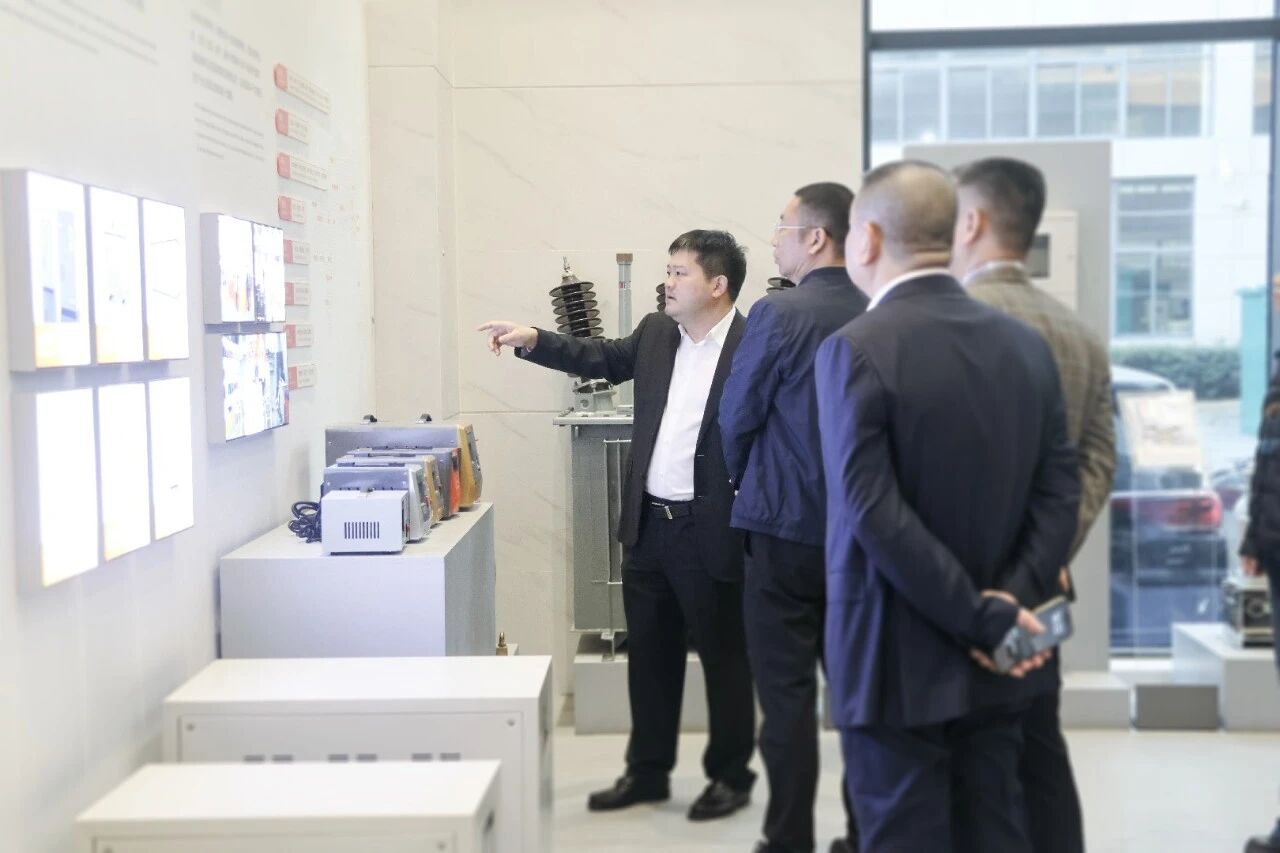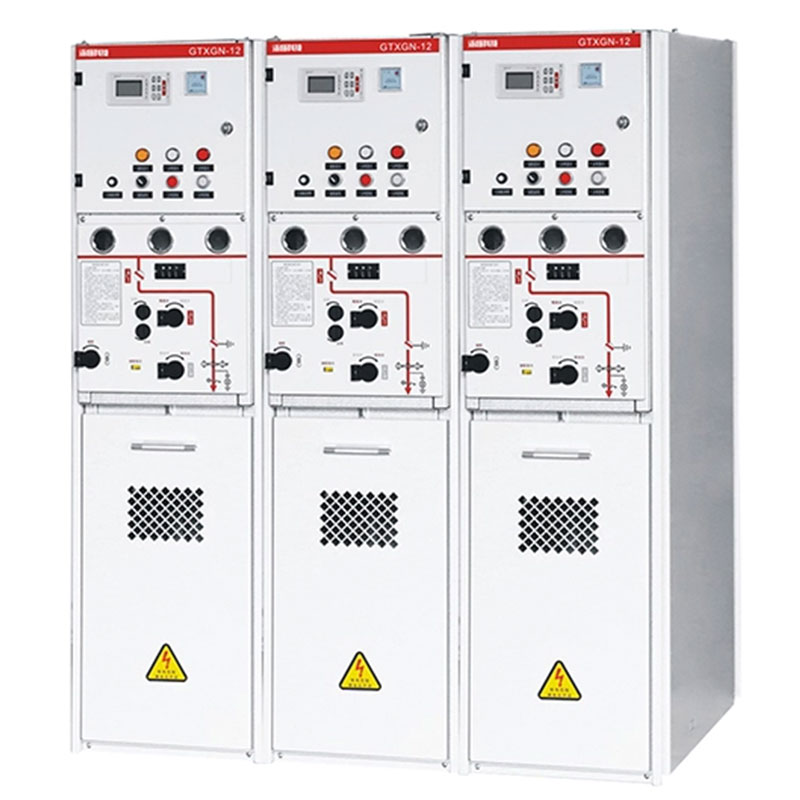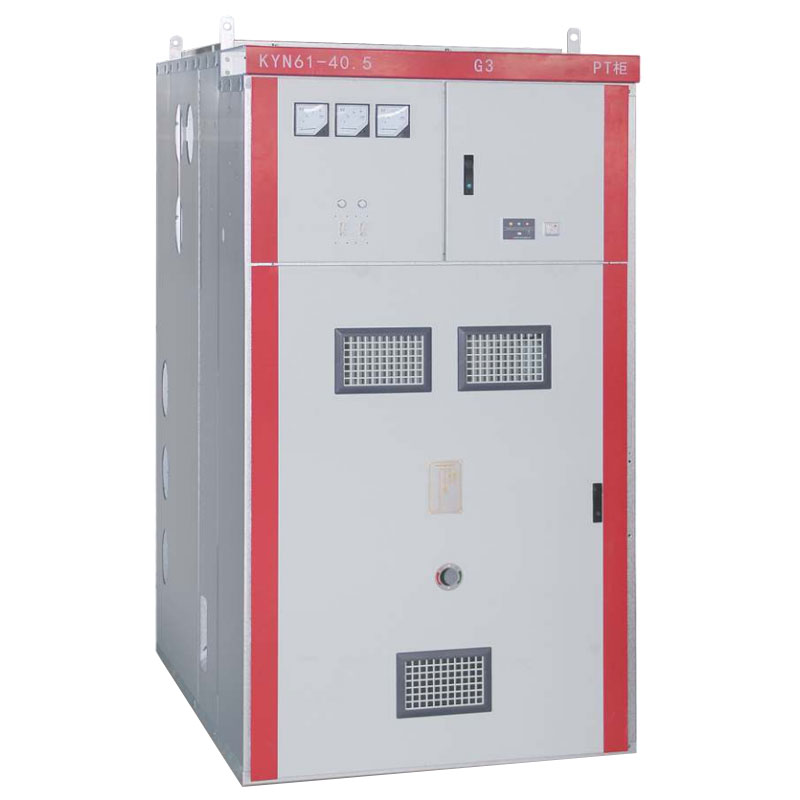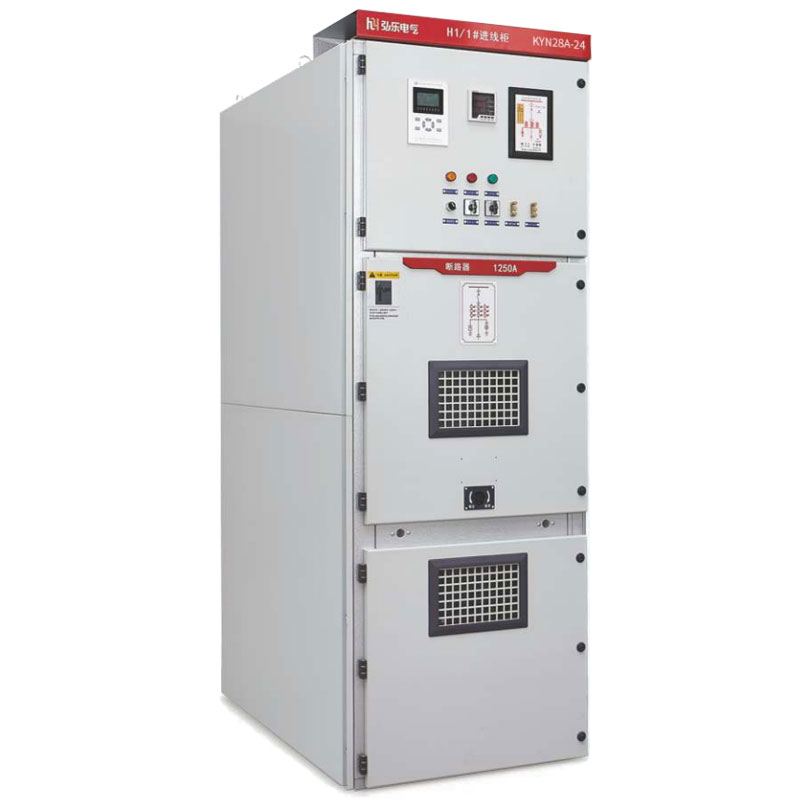What is servo voltage stabilizer?

 Site Editor
Site EditorA servo voltage stabilizer is a type of electrical device designed to maintain a constant and stable output voltage, even when the input voltage fluctuates. It achieves this through a combination of mechanical and electronic components, primarily using a servo motor to dynamically adjust the voltage regulation. Here’s a detailed breakdown of its key features, working principle, and applications:
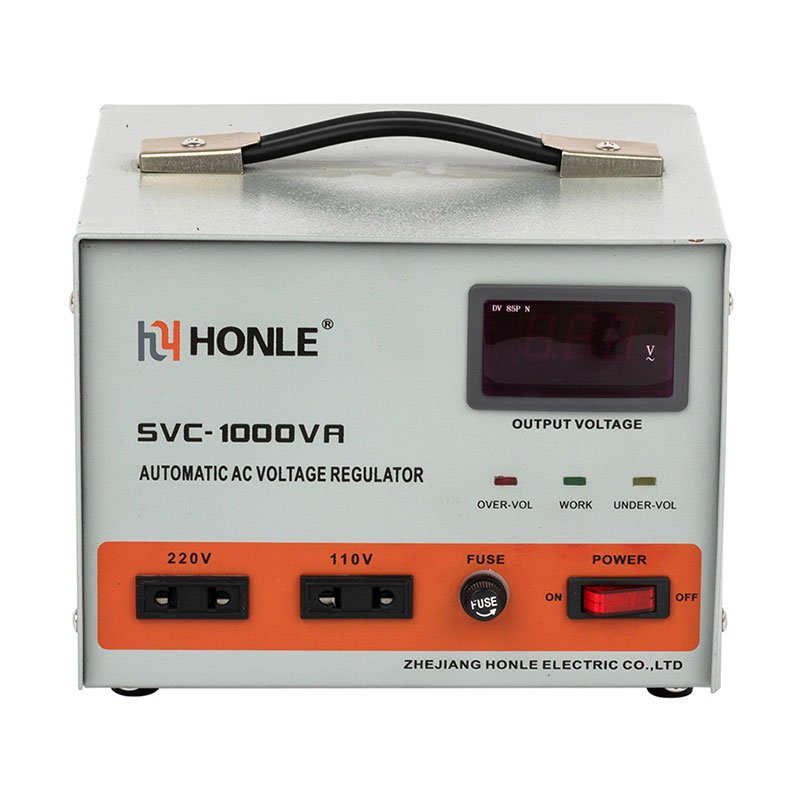
Key Features
-
Precision Voltage Regulation:
- Maintains output voltage within a very narrow range (e.g., ±1% to ±3% of the rated voltage), making it suitable for sensitive electronic equipment.
- Adapts to both overvoltage (higher than nominal) and undervoltage (lower than nominal) conditions.
-
Servo Motor-Driven Mechanism:
- Uses a servo motor to control a variable transformer (autotransformer or tap-changer) that adjusts the turns ratio, thereby modifying the output voltage.
- The motor responds to voltage fluctuations detected by a sensor, ensuring continuous and automatic correction.
-
Wide Input Voltage Range:
- Can handle significant input voltage variations (e.g., from 160V to 260V for a 220V rated system), common in regions with unstable power grids.
-
High Capacity:
- Available in both single-phase (for home/office use) and three-phase (for industrial applications) versions, with capacities ranging from a few hundred VA to several thousand kVA.
-
Built-in Protection:
- Includes safety features like overload protection, short-circuit protection, and thermal shutdown to prevent damage to connected devices or the stabilizer itself.
Working Principle
-
Voltage Sensing:
- A voltage sensor (e.g., a potential transformer or electronic circuit) continuously monitors the input voltage.
- If the input voltage deviates from the desired range, the sensor sends a signal to the control circuit.
-
Control Circuit Activation:
- The control circuit processes the sensor’s signal and triggers the servo motor to rotate.
- The motor drives a gear mechanism or chain that moves the tap-changer on the autotransformer, adjusting the number of windings in the primary or secondary circuit.
-
Voltage Adjustment:
- By changing the turns ratio of the autotransformer, the output voltage is increased or decreased to the nominal value.
- The process is iterative: the sensor continuously checks the output until stability is achieved, ensuring real-time correction.
Applications
-
Industrial Equipment:
- CNC machines, robotics, conveyor systems, and manufacturing lines that require stable power to avoid errors or downtime.
-
Commercial and Residential Use:
- Protects sensitive devices like air conditioners, refrigerators, TVs, computers, and gaming consoles from voltage spikes or drops.
-
Medical Devices:
- Ensures stable power for MRI machines, X-ray equipment, and life support systems, where voltage fluctuations could cause malfunctions or safety risks.
-
Telecommunications and Data Centers:
- Maintains consistent voltage for servers, routers, and network equipment to prevent data loss or connectivity issues.
-
Renewable Energy Systems:
- Used with solar inverters or wind turbines to stabilize voltage output before it feeds into the grid or storage systems.
Advantages vs. Limitations
- Advantages:
- High precision and reliability for critical loads.
- Long lifespan due to mechanical robustness (if well-maintained).
- Suitable for both low and high-power applications.
- Limitations:
- Slower response time compared to solid-state stabilizers (e.g., digital or electronic types), as mechanical movement takes time.
- Larger size and weight due to the transformer and motor components.
- Requires periodic maintenance (e.g., lubrication of moving parts) to ensure smooth operation.
Conclusion
A servo voltage stabilizer is a robust, mechanical-electronic device ideal for environments with unstable power supplies, where precise and consistent voltage is crucial for protecting equipment and ensuring reliable operation. Its combination of servo motor control and autotransformer adjustment makes it a popular choice for industrial, commercial, and residential applications that demand high-quality power regulation.


